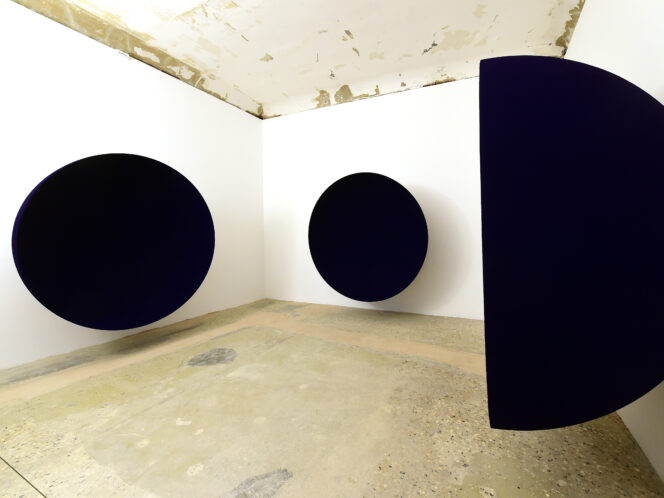
To the impressionists, the color black was a black sheep, but, looking at the entire history of painting, it should be considered more of a dark horse. Even if it’s not really a color but a lack thereof.
The fact that the art world dresses in black has long been joked about. Show openings, especially the fancier ones, are dominated by black. Apart from sadness or grief, this color may mean strength, power, elegance, sophistication. It’s always trendy. But some see it as a kind of fashion laziness: how can someone working with art not appreciate other colors? The business of black is not as simple as it seems.
There’s not even a consensus about whether black is a color at all. The discussion has been going on for centuries. Black is defined as a lack of hue, so, according to some, it has no shades. Currently, scientists lean towards the opposite position. After all, black features on the color spectrum. Here we come across the issue of the physical nature of light, or, more precisely, how it can be absorbed by various materials. The more a material absorbs the separate light frequencies, the darker it is. Irrespective of the debate about the status of black, it’s impossible to deny that black is deeply rooted in culture.
Goya’s Secrets
Black brings to mind death, grief, depression, and the fear of darkness and of confinement. Painters of the Middle Ages used it to depict the devil. But it is also the color of the night sky—the dark background where stars appear. Black stands for dominance, too: judges wear black robes, and the black belt is the highest








